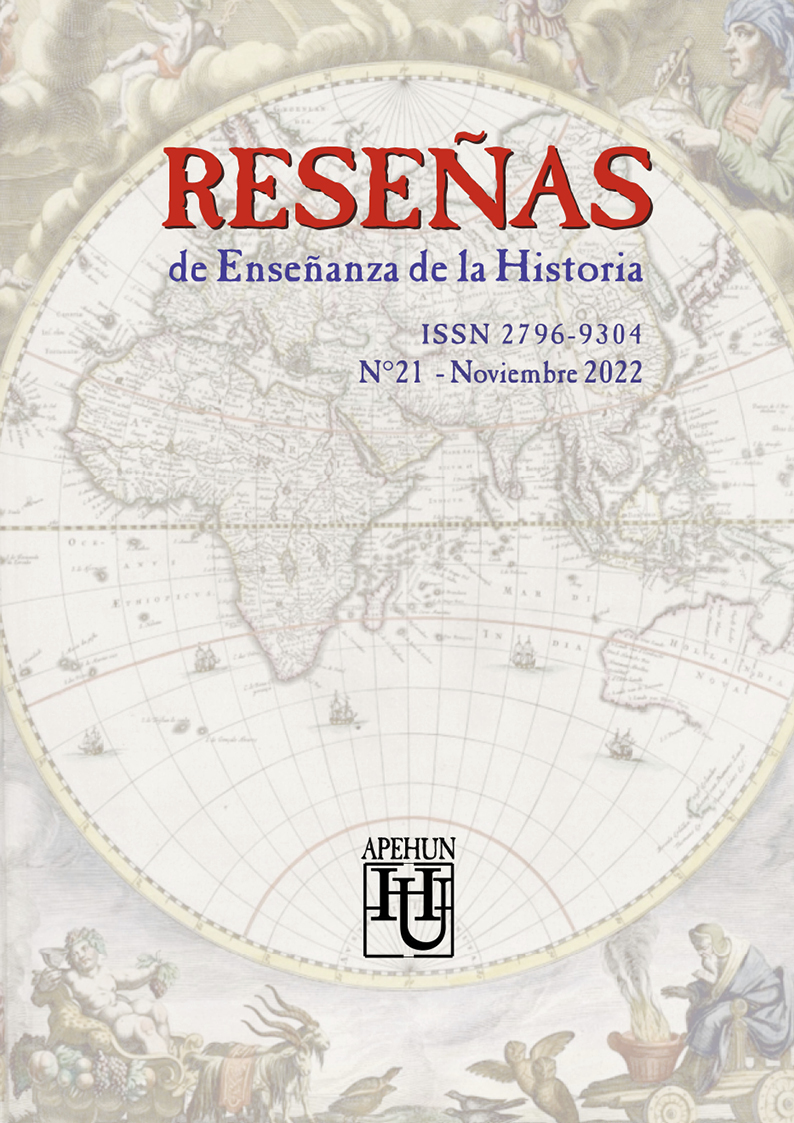Teaching Social sciences from the Intercultural Bilingual Approach: Experiences for Primary Level
Keywords:
Social sciences, didactic knowledge of indigenous world, indigenous groupsAbstract
This work is based on the review of teaching and learning practices of Social Sciences and particularly of the inclusion of EIB in primary school based on the experiences developed in the institutions where we work as teachers, both located in Gran San Miguel de Tucumán. This involved reflecting on the context in which our students develop their residences in the associated schools in the area, giving them a voice as protagonists of their own experiences.
The scarce time dedicated to Social Sciences and to IBT, particularly, was visualized, so we started a work in which we revisit the theoretical and normative frameworks of IBT, the curricular designs for the level and we focus on the design of classroom proposals that contemplate the IBT.The intention is to provide theoretical and methodological tools that allow us to approach the disciplinary and didactic knowledge of the IBT and its training potential.
Downloads
References
Alaniz, M. (2021). Interculturalidad en contextos de diversidad étnica y lingüística.Jornada 3-171 Educación Intercultural Bilingüe: enseñanza y trayectorias en clave intercultural. INFOD. [Youtube]. Recuperado de: https://www.youtube.com/watch?v=bAACRFPQCH4
Alderoqui, S. y Aisemberg, B. (Comp.). (1994). Didáctica de las Ciencias Sociales: aportes y reflexiones. España: Paidós.
De Sousa Santos, B. (2011). Epistemologías del Sur, en Utopía y praxis latinoamericana. Año 16, Nº 54, pp. 17-39.
Falabella, I., Millán, M., Puñalef, D. y Sardina, A. (2010). Aportes de los Pueblos Originarios a la Educación en el Bicentenario. Herramientas Pedagógico Didácticas para crear contextos Pluriculturales en el Aula. Buenos Aires: NutramNeyen.
Hirsch, S. (2021). Interculturalidad en contextos de diversidad étnica y lingüística.Jornada 3-171 Educación Intercultural Bilingüe: enseñanza y trayectorias en clave intercultural. INFOD. [Youtube]. Recuperado de: https://www.youtube.com/watch?v=bAACRFPQCH4
Martínez Sarasola, C. (2021). Educación hoy. Cómo enseñar textos y cultura de los pueblos originarios.[Youtube]. Recuperado de: https://www.youtube.com/watch?v=NXorJhIHn24
Mato, D. (2019). Educación Superior y pueblos indígenas y afrodescendientes en América Latina: colaboración intercultural: experiencias y aprendizajes. –1a ed. compendiada–. Sáenz Peña: Universidad Nacional de Tres de Febrero.
Ministerio de la Provincia de Tucumán (2015). Proyecto Curricular de la Educación Primaria Cuaderno 2. Ciencias Sociales. pp. 147-187.
Unamuno, V. (2021). Lengua indígena y enseñanza. Jornada 1-171 Educación Intercultural Bilingüe: enseñanza y trayectorias en clave intercultural.
Downloads
Published
How to Cite
Issue
Section
License

This work is licensed under a Creative Commons Attribution-NonCommercial-NoDerivatives 4.0 International License.
Reseñas de Enseñanza de la Historia distribuye sus contenidos bajo la licencia https://creativecommons.org/licenses/by-nc-nd/4.0
Usted es libre de:
Compartir - copiar y redistribuir el material en cualquier medio o formato.
La licenciante no puede revocar estas libertades en tanto usted siga los términos de la licencia.









